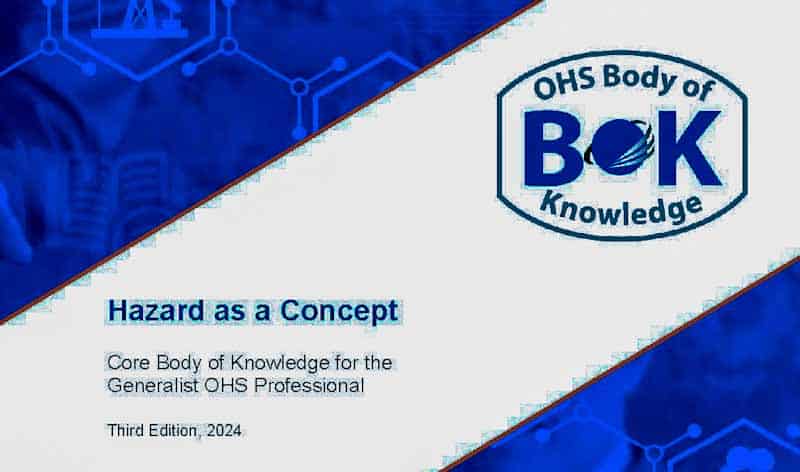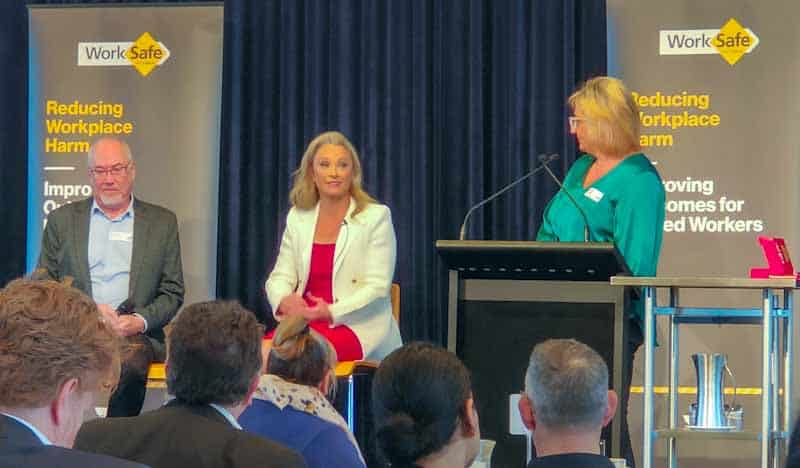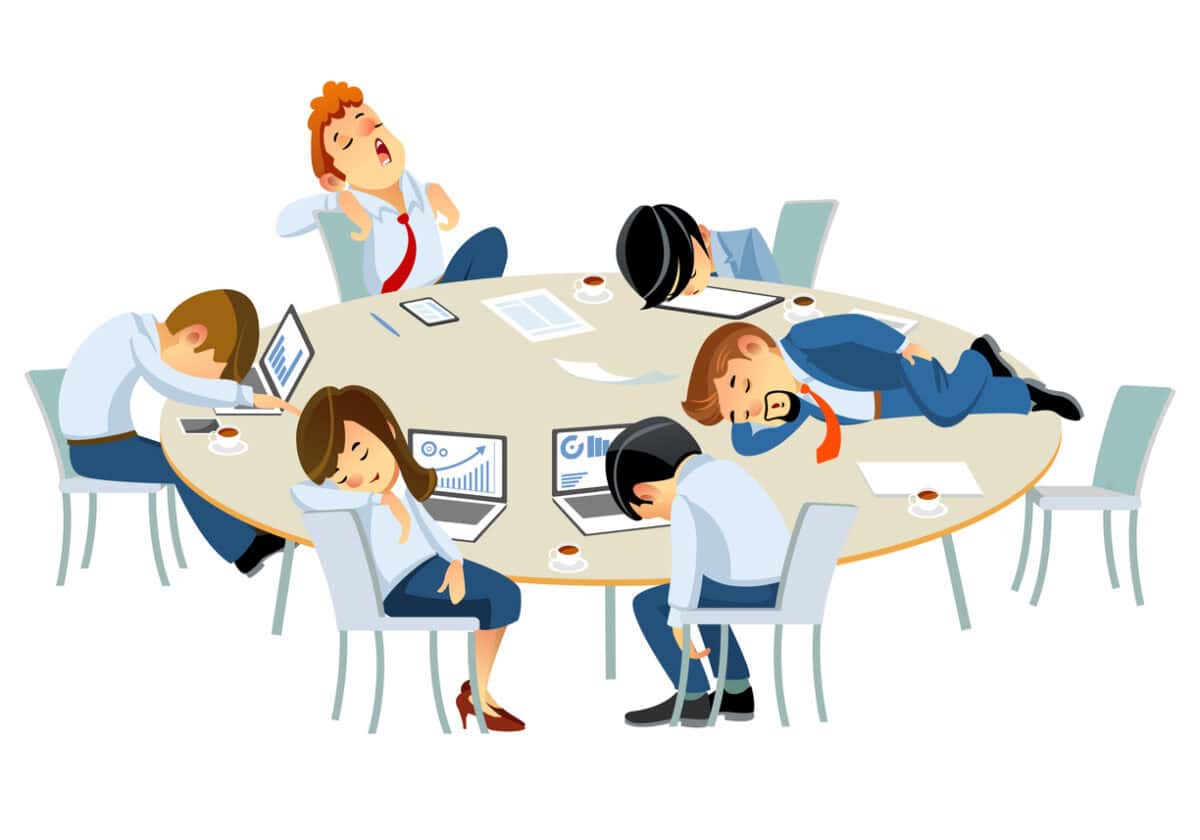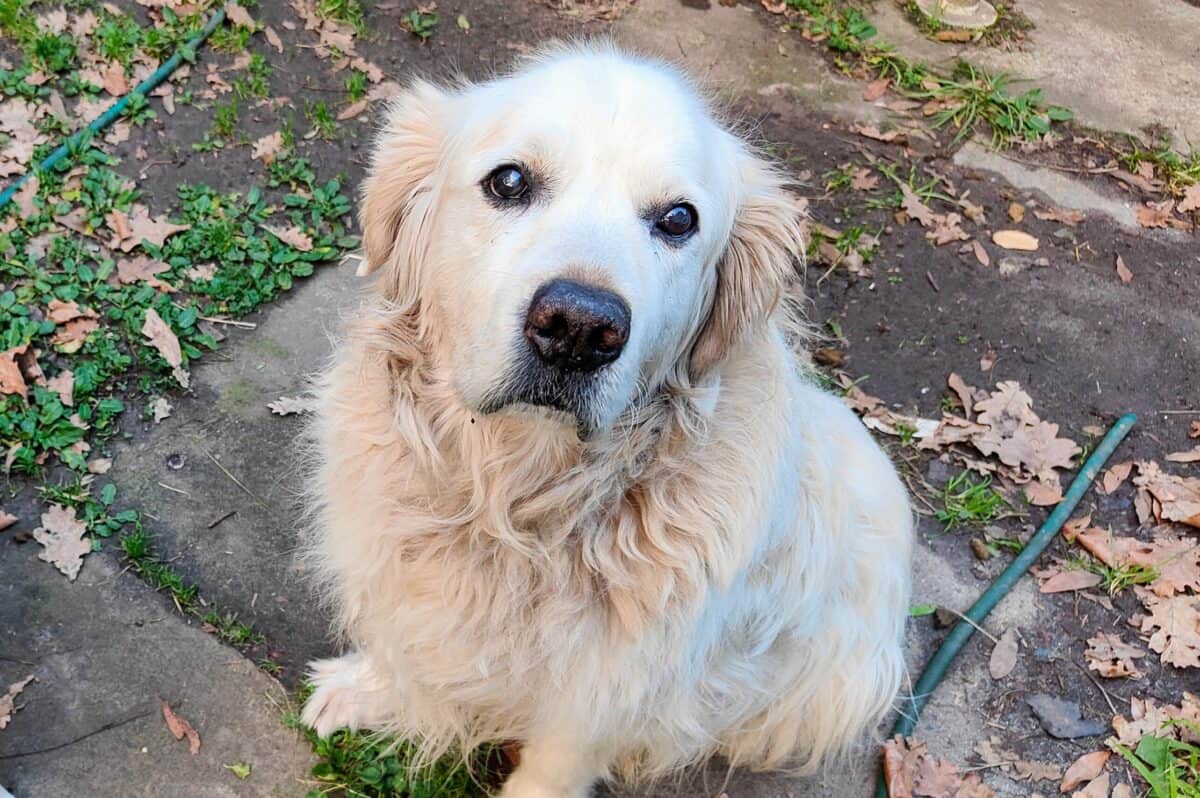The Australian Institute of Health and Safety has been dropping new chapters of its Occupational Health and Safety (OHS) Body of Knowledge for many years. The latest revised chapter is titled “Hazard as a Concept“. This process is a good way of keeping some OHS information fresh, but it could be fresher and have a broader knowledge base or even greater engagement with OHS professionals.
Category: mental-health
Different OHS messages to different audiences
Last week, WorkSafe Victoria held its annual Business Leaders’ Breakfast. The keynote speaker was Karen Maher, who spoke about the need for an effective and respectful workplace culture that would foster a healthy psychosocial environment. Her presentation would have been familiar to many of the occupational health and safety (OHS) and WorkSafe personnel in the audience, but it may have been revolutionary for any business leaders. Maher outlined the need for change but not necessarily how to change or the barriers to change.
The event did provide a useful Q&A session and afforded the new WorkSafe Victoria CEO, Joe Calafiore, his second public speaking event in a week.
New data on workplace suicides should change the mental health at work discussion
“No one should die at work” is a common statement at Worker Memorial Services every year. Occupational health and safety (OHS), in particular, uses death as a starting point for reflection and sometimes action. Workplace death is a recognised worst-case scenario and has long been established as a benchmark for measuring OHS progress.
[This article discusses workplace suicides]
There is increased interest in psychosocial hazards at work with the worthy goal of preventing these hazards. However, psychosocial deaths such as those by suicide do not hold the same place or role as “traditional” physical workplace deaths. They are rarely the launching pad for drastic change in our systems of business, but that is starting to change if new data and analysis are any indication.
WHO says burnout is occupational, but at least one psychologist says WHO is wrong
The cover story of the February 2024 edition of Psychology Today is less a story than a collection of short pieces on mental health and burnout. This blog may seem unfairly critical of much of the psychological discussion on burnout but this is largely because the World Health Organisation (WHO) has defined burnout as an occupational phenomenon and “is not classified as a medical condition”. The popular literature on mental health and its workplace context almost entirely overlooks these two elements – a literature that is often the first destination for people trying to understand their workplace distress. Sometimes, popular literature is unhelpful.
Is HR the problem or the solution?
Occupational health and safety (OHS) professionals often report to the Human Resources (HR) manager. This makes sense to those who create organisational and reporting structures, but it also implies that OHS is a subset of HR and that worker health and safety is a subsidiary of personnel management. OHS and HR have a tense relationship in workplaces and professionally, but modern work presents hazards and injuries that need a coordinated response.
To reach that point of cooperation, understanding, mutual respect, and the sharing of power, we need to try to understand what HR does.
The occupational context of burnout is largely missed in this new book about exhaustion
Burnout continues to have its moment in the sun. It is the cover story of the February 2024 edition of Psychology Today and is a major theme in a new book about exhaustion. The World Health Organisation’s (WHO) declaration of burnout as an “occupational phenomenon” is downplayed or ignored in both publications.
A good working-from-home book… finally
One of the most appealing little occupational health and safety (OHS) crossed my desk the other day. It is a small, cheap book called “Work Well From Home – Staying Effective in the Age of Remote and Hybrid Working“. Although this updated edition was published in 2023, its appeal is that it is a reissue from 2005 when the advice is largely pre-COVID, pre-broadband service, pre-Zoom, and pre- lots of issues that now seem to complicate working from home.







